To mark World Whisky Day on May 20 we’re sharing some active inspiration for the 5 whisky regions of Scotland: Highland, Lowland, Speyside, Islay and Campbeltown. It’s the natural resources of land and water, as well as the cereals that grow, along with the special process of distillation and barrelling in each region that combine to create the unique flavours, aromas and colours of every whisky. In each of the five distinct whisky regions of Scotland there are distilleries to visit, drams to sample and wonderful landscapes to enjoy. A Scottish walking or cycling holiday offers the perfect route to exploration and a rewarding dram or two.
Stop for a dram or two (just enough to fortify you for your journey - always walk responsibly!)
The Lowlands
The rolling hills, rivers, canals and pretty coastline of the Lowlands of Scotland make it a very popular place for walking days and holidays. One of the most popular walking routes in this area is the John Muir Way, which stretches across Scotland from Dunbar in East Lothian to Helensburgh on the west coast. The Lowlands section of the route allows access to the Scotch Whisky Experience in Edinburgh and runs close to three major distilleries in this area: Auchentoshan, Bladnoch and Glenkinchie. There are also now two new distilleries, Daftmill and Aisla Bay.
Walk the John Muir Way to cross Lowland Scotland
Taste notes for Lowlands whisky
The region is known for its lighter and smoother whisky style. For new-comers to whisky, the Lowlands is a great place to try you first dram or two.
The Highlands
This is a large region that includes many of Scotland’s west coast islands, such as Skye, Arran, Mull and Jura, and also stretches south to the southern Highlands. The main active distilleries include Highland Park, Glenmorangie, Dalmore, Isle of Jura, Tobermory and Oban, as well as smaller distilleries of Glengoyne, Deanston and Talisker. The Highlands is one of the most popular places in Scotland for walkers and for Scottish walking holidays. And one of the most popular walking holidays of all, the West Highland Way heads through much of this whisky region (with Glengoyne near the beginning of the walk just a short detour from the path and a popular place to toast the miles ahead). Visit Talisker distillery on the Isle of Skye as part of our self driving tour of Scotland and sample Tobermory whisky on the Isle of Mull during a Scottish Islands Walking holiday. The Arran Coastal Way is the perfect opportunity to visit Arran Whisky.
Speyside
With its beautiful hills, mountains and glens, as well as the long and winding River Spey, Speyside in the Scottish Highlands is a magical place to explore on foot. The region also boasts the largest number of distilleries. Speyside stretches along the Moray and Aberdeenshire coast in the north and south to the Scottish outdoors town of Aviemore in the south-west and Huntly in the south-east.
Whisky walking trails, such as The Speyside Whisky Trail, provide the perfect combination of walking and distilleries. Another long-distance walk in this area is the East Highland Way, which finishes in Aviemore. The Spirit of Speyside Festival takes place in May and could be a good time to visit the region if you want to combine whisky, walking and other entertainments of a festival. There are more than 50 distilleries in Speyside and two-thirds of all malt whisky production is located in the region. Whiskies produced here include Aberlour, Ballindalloch, Benromach, Cardhu, Craganmore, Craigellachie, Glenfiddich, Glenlivet, Glen Moray, Macallan, Speyside, Tamdhu among others.
Laura McAlpine one of our Scotland specialists visits Glenlivet for a sample on the Speyside Way
Tasting notes for Speyside whisky
There are broadly two types of whisky in Speyside. The region produces some of the lightest and sweetest of malt whiskies. Ageing brings more body to the whiskies. In Speyside you’ll also find some highly peated malts should you be in the mood for something deeper and fuller bodied.
Campbeltown
Campbeltown is situated towards the end of the Mull of Kintyre peninsula on the west coast of Scotland. A small area, it was once home to some 30 whisky distilleries. Now just three are in operation, Glen Scotia, Glengyle, and Springbank. The Kintyre Way travels 100 miles from Tarbert in the north to Machrihanish in the south with seven day-walk sections. Along the route you’ll discover hotels and bars serving local drams. At the end of the walk, Campbeltown is found just across the peninsula and would serve as the perfect place for an extra day or two for visiting the distilleries.
Taste whisky neat, or with a spot of water
Tasting notes for Campbeltown whisky
Campbeltown malts are famed for being full tasting and described as both robust and complex. You can taste the sea sale and a touch of peat in many of the drams, as influenced by the coast and landscape of the peninsula.
Island of Islay
Perhaps the most famous of all the Scottish whisky regions is the west coast island of Islay. There are currently eight producing distilleries and it’s the place that many whisky fans want to visit. The distilleries include Ardbeg, Bowmore, Bruichladdich, Bunnahabhain, Caol Ila, Kilchoman, Lagavulin and Laphroaig. To see more of the islands, try travelling by bike on the Scottish Island Hopscotch itinerary. Easily the most perfect holiday with the chance to explore several Scottish islands, including Islay, by bike and by ferry, and also sample a few tasty drams.
A spot of island hopping is one of the best ways to visit off the beaten path distilleries
Tasting notes of Islay whisky
The island’s excellent soil for growing barley, peat for fuel and pure water sources make Islay a fantastic place to produce whisky. The whiskies each have their own flavours but in general they can be described as big and smoky and hugely peaty.
For this and other Scottish walking or cycling inspiration, visit macsadventure.com or contact the team on info@macsadventure.com











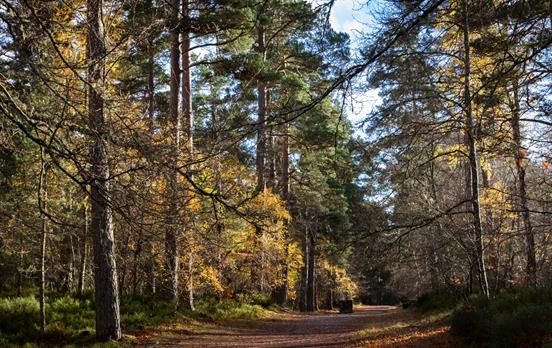

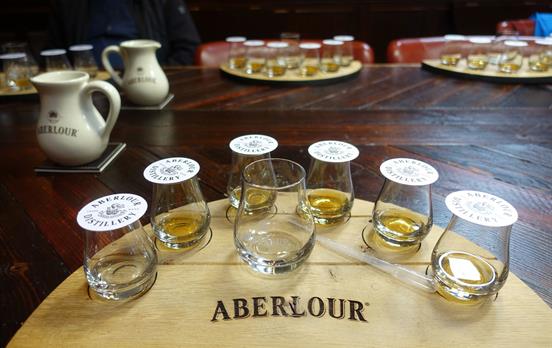
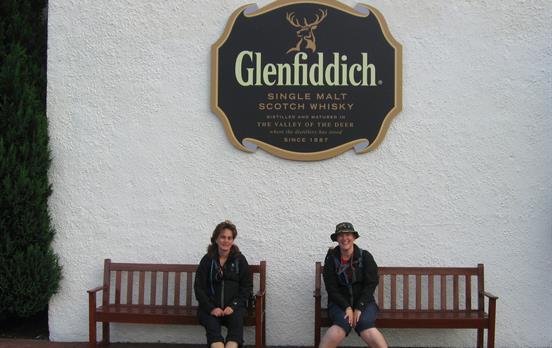

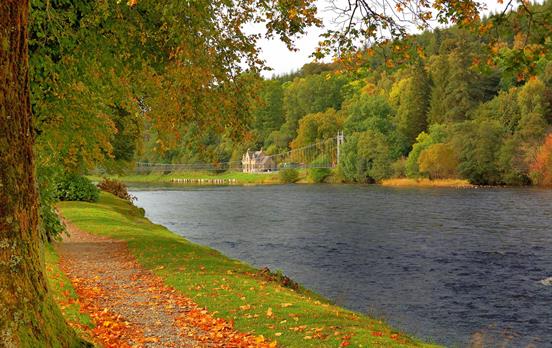
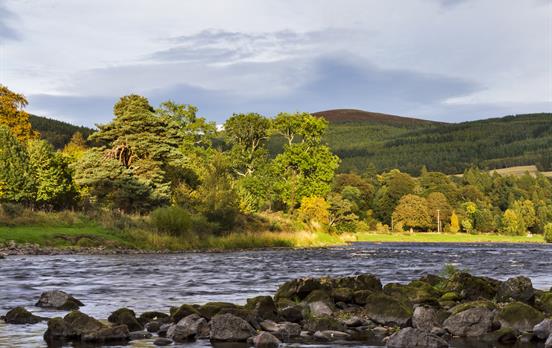
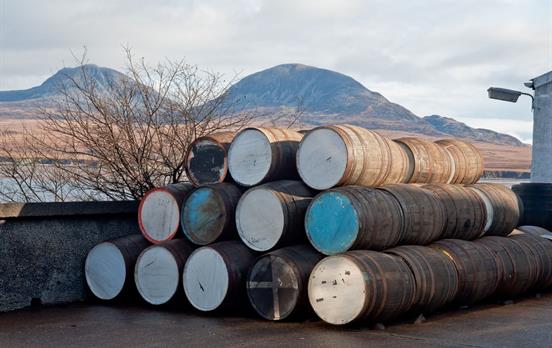



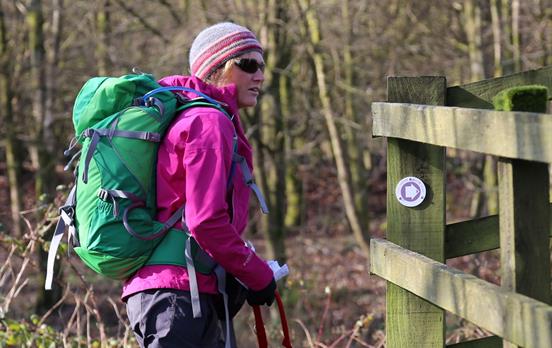
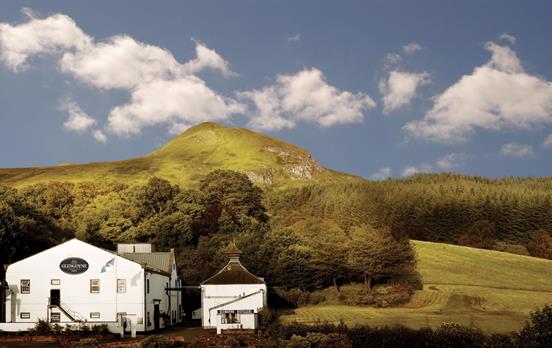
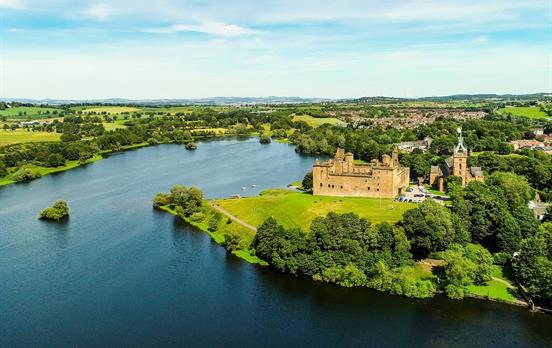
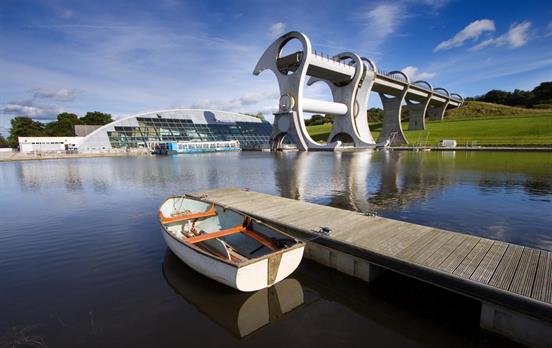

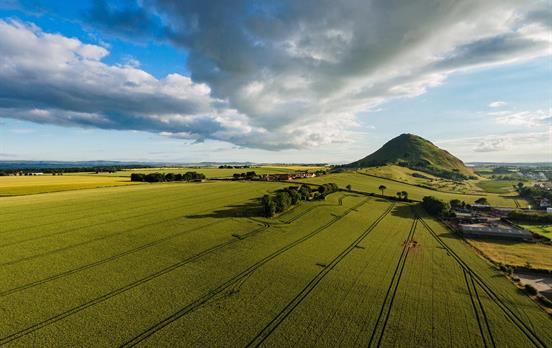


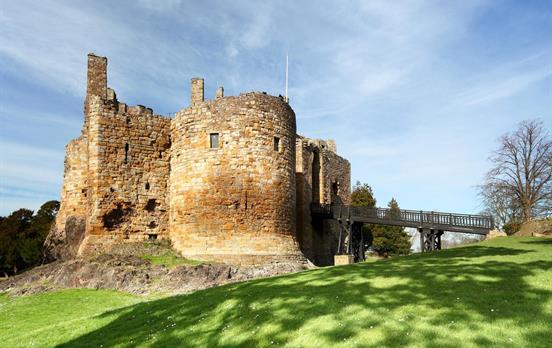






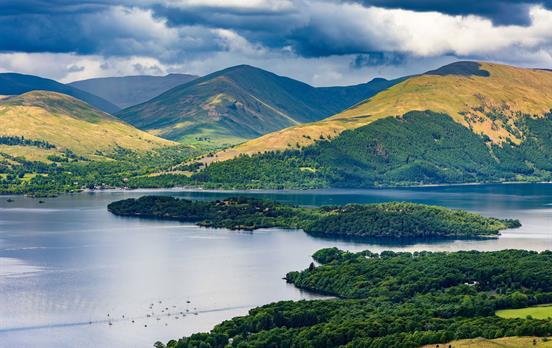
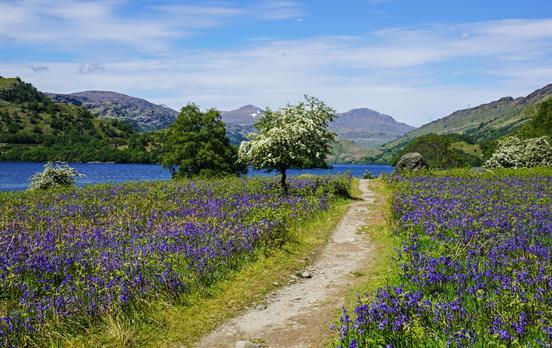


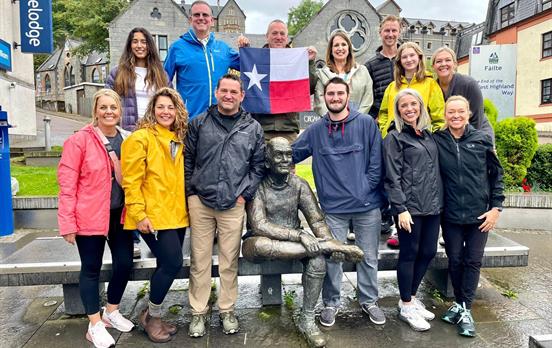




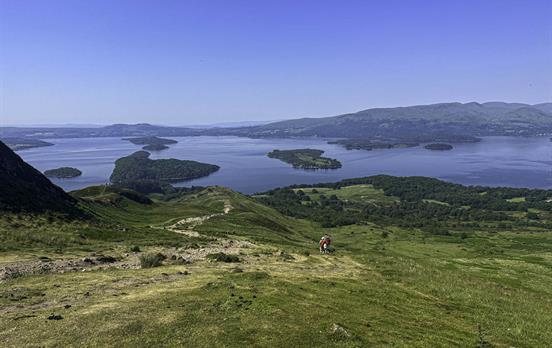

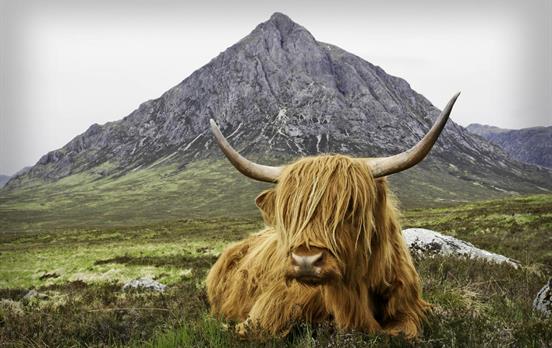
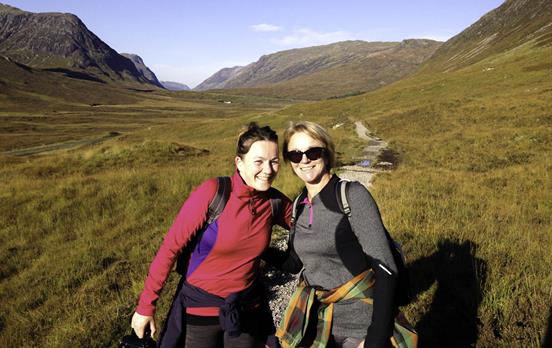
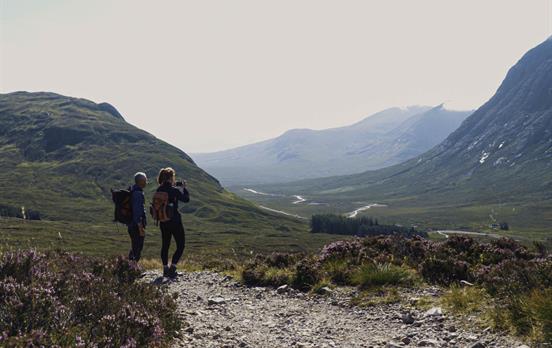
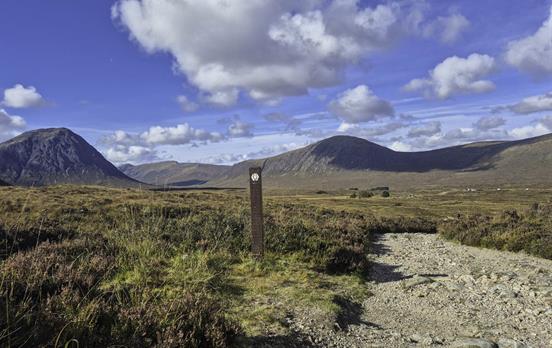
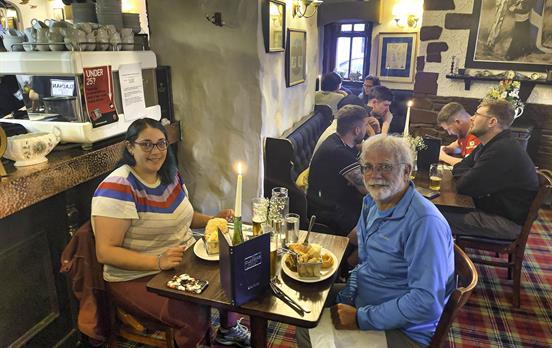
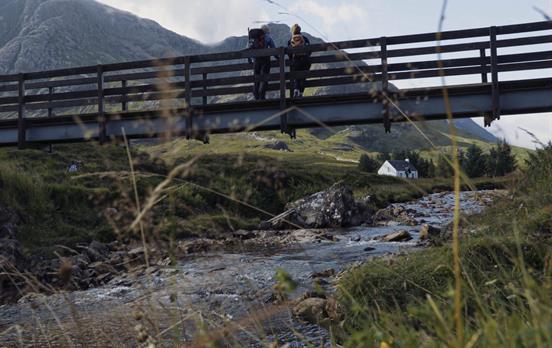
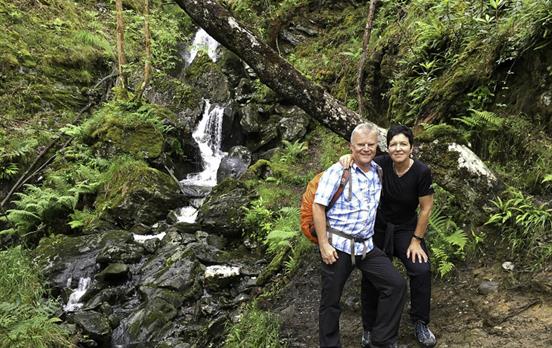

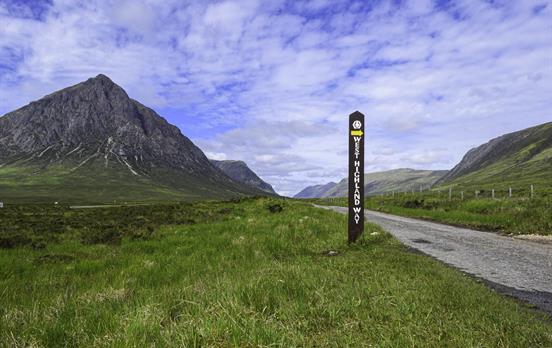
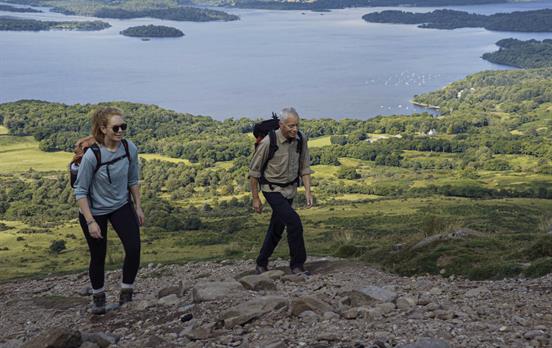
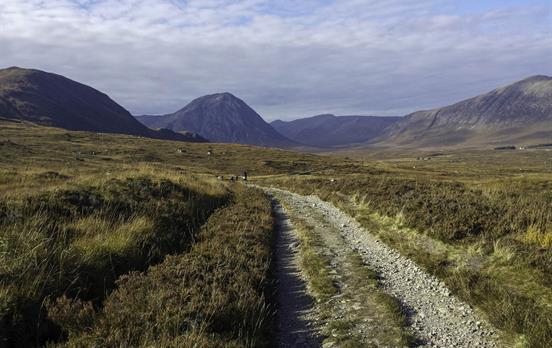


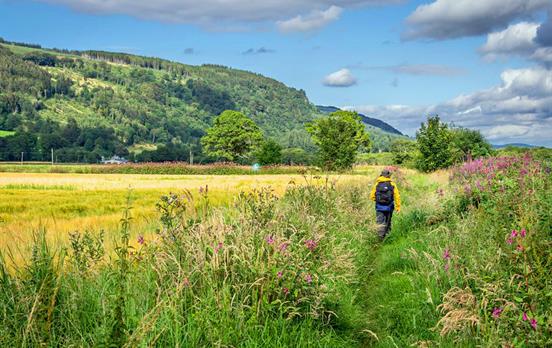

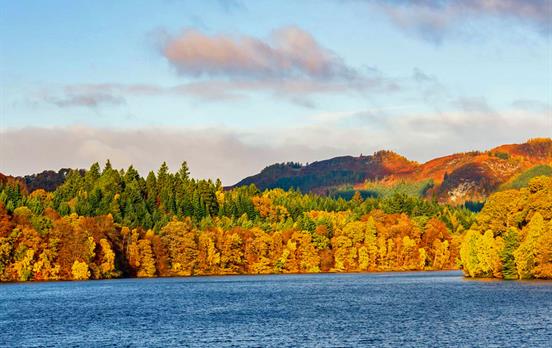
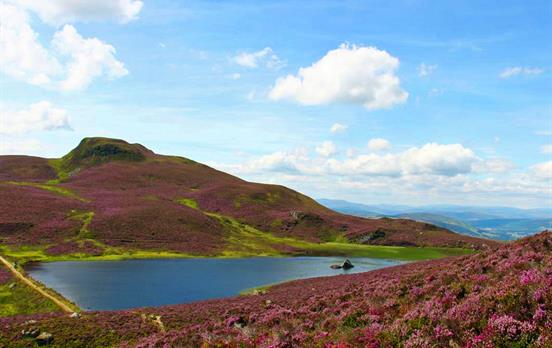

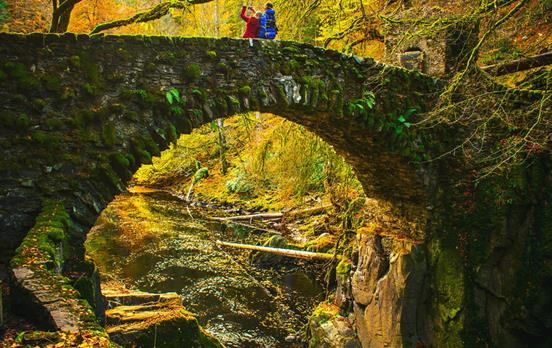
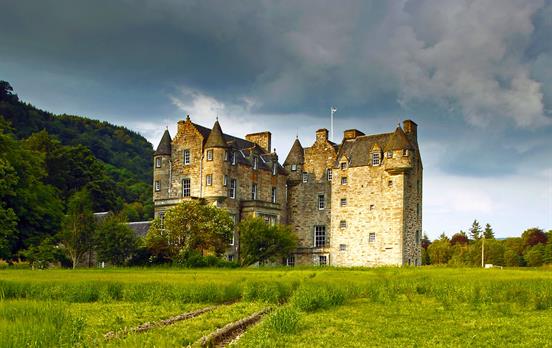





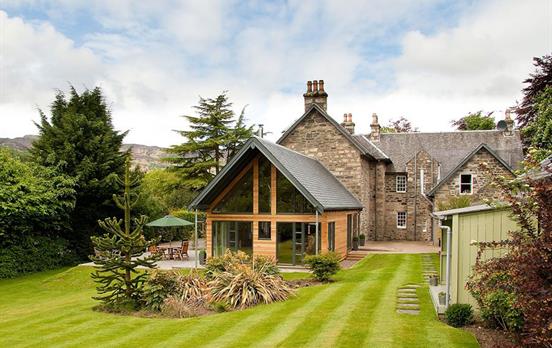

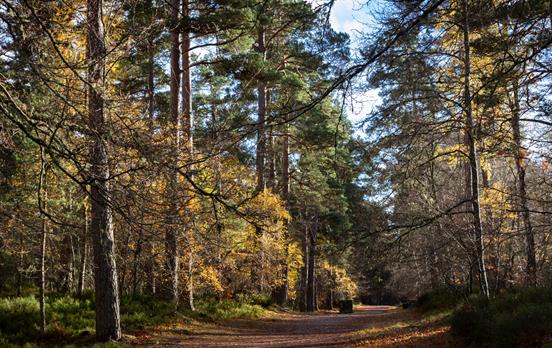
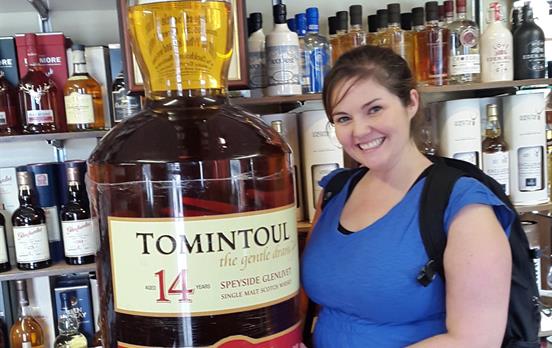
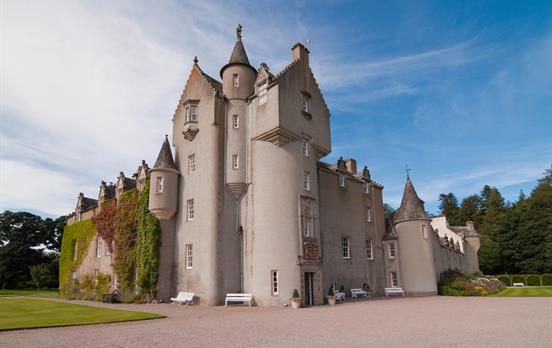
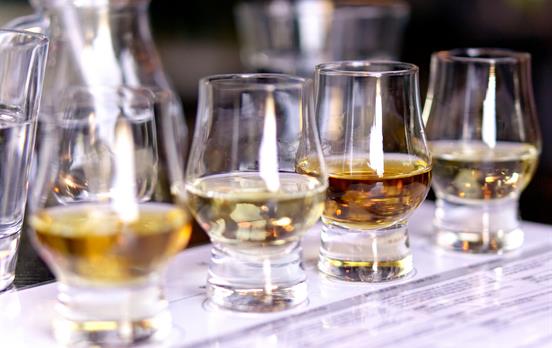


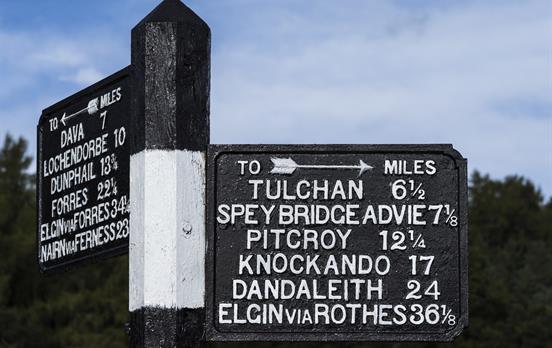

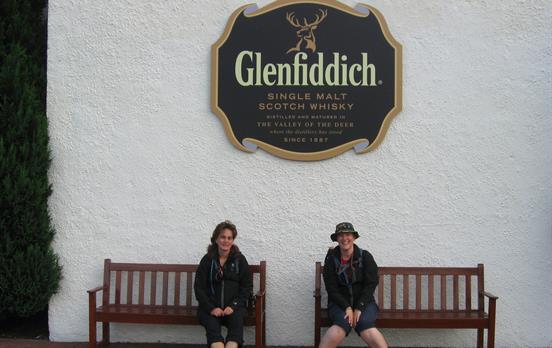
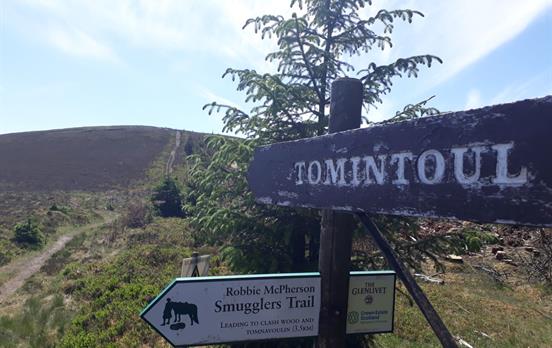
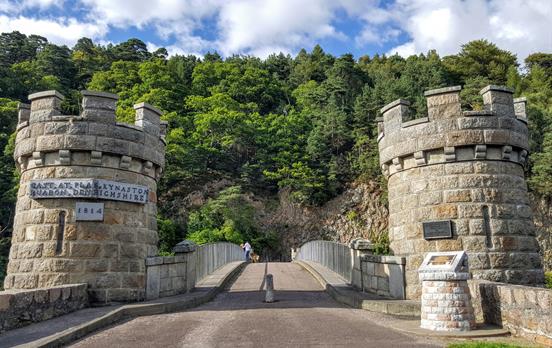
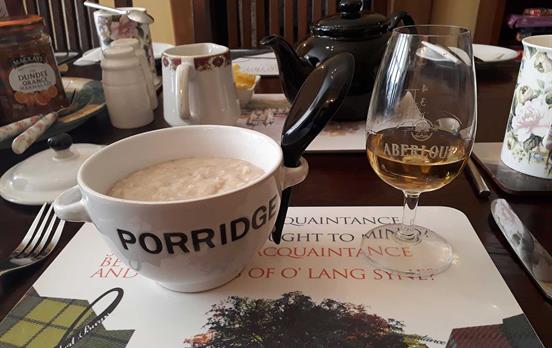



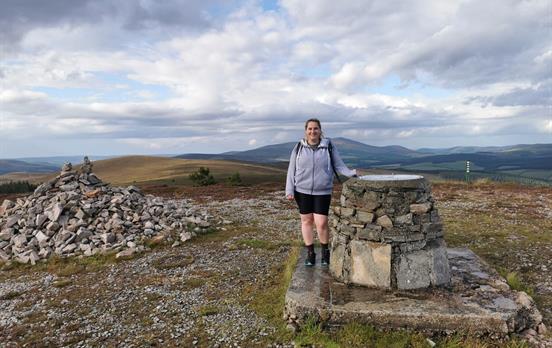

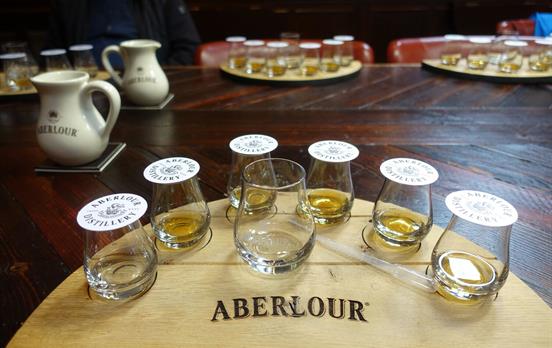
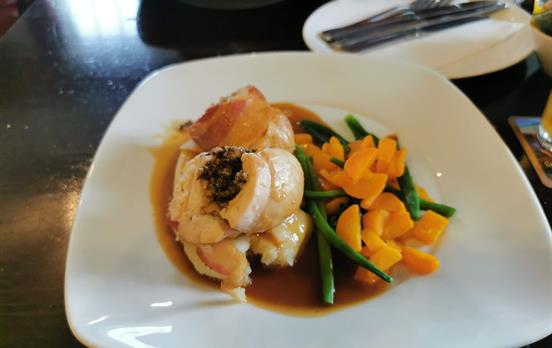
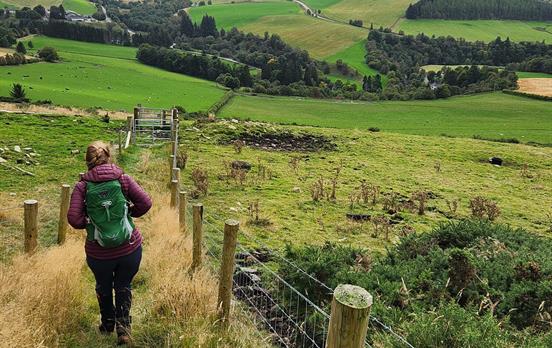

 Australia
Australia New Zealand
New Zealand South Africa
South Africa European Union
European Union